Why you can trust TechRadar
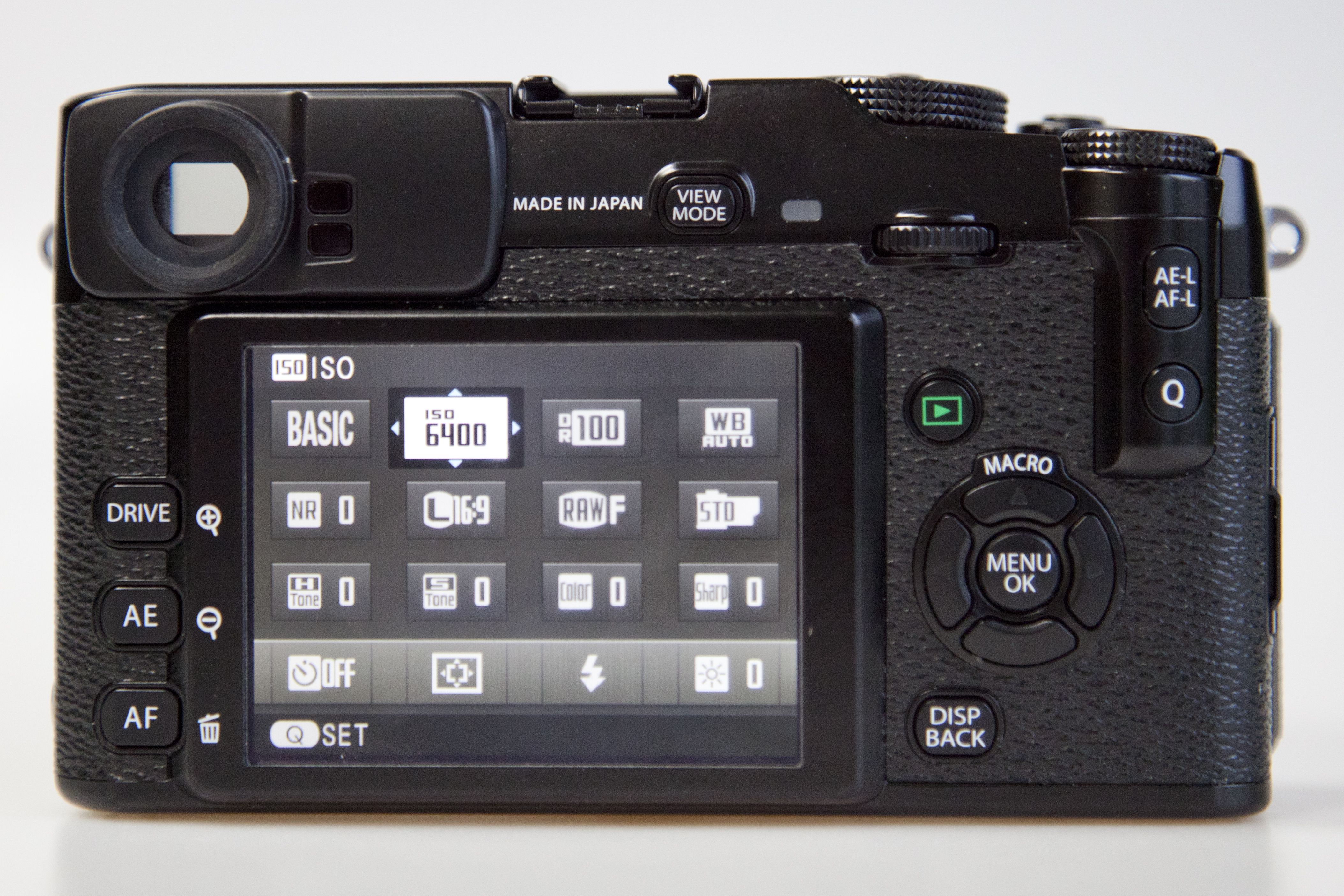
Perhaps the best way to sum up the image quality from the Fuji X-Pro1 is to say that images have a film-like quality.
It's a hard thing to define, but at normal viewing sizes images look natural and not overtly digital. There's a smooth graduation of focus, and out of focus areas look naturally soft.
Meanwhile, in-focus areas of low sensitivity images have plenty of detail. There's not quite the same level of detail that we've seen from full-frame DSLRs, but it really isn't that far off, and moiré patterning doesn't seem to be an issue, despite the lack of an anti-aliasing filter.
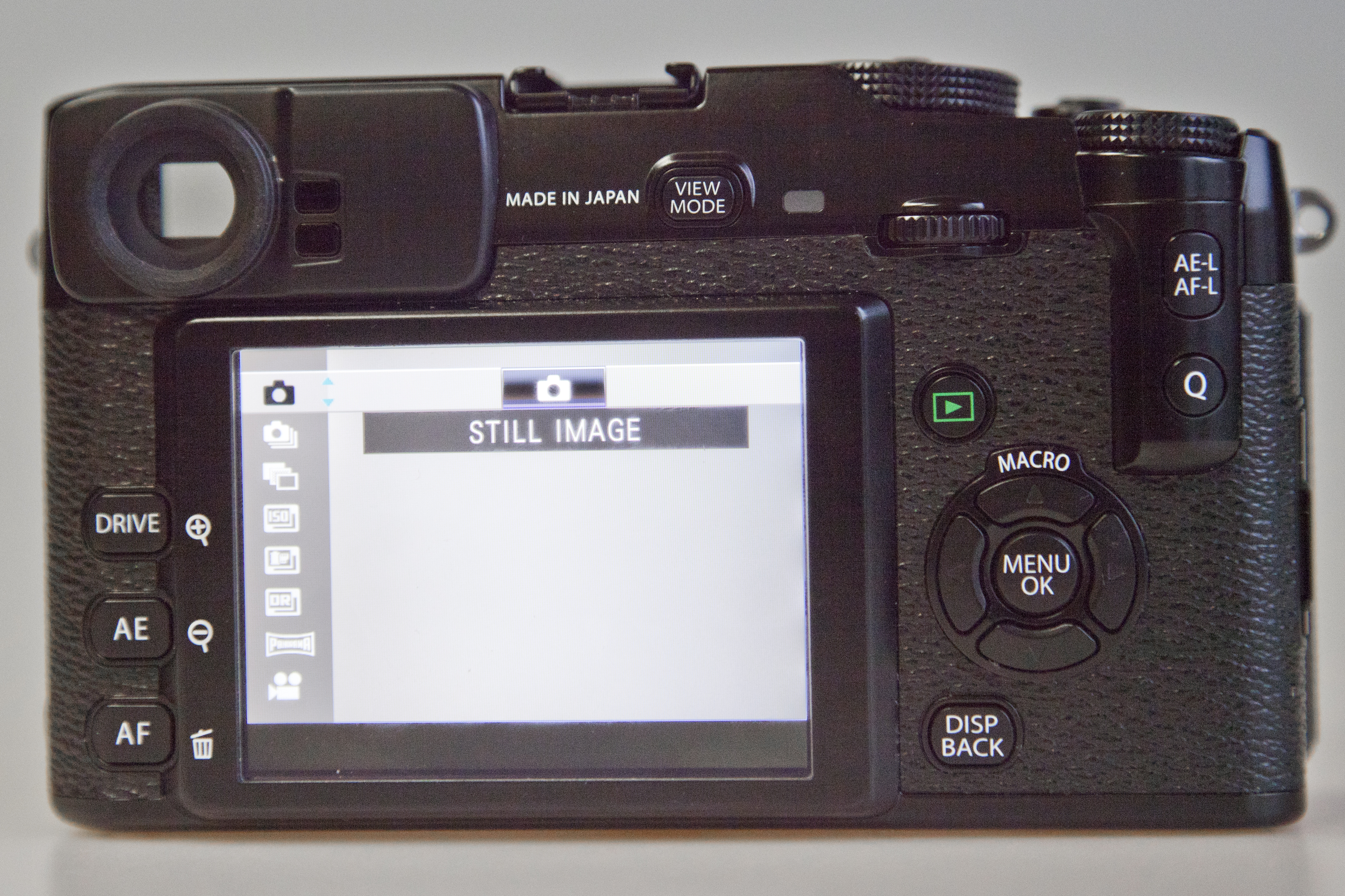
Zooming into JEPG images reveals that strong edges are over-sharpened and the best results (as usual) are achieved by processing raw images post capture.
The native sensitivity ranges runs from ISO 100 to ISO 6400, but ISO 12,800 and 25,600 are available as JPEG only options. These top values are best kept for emergency only as the results suffer from oversharpening, presumably in an attempt to correct the softening created by the noise reduction.
At ISO 3200 and 6400 the X-Pro 1 produces respectable results, JPEG images have little sign of colour noise and luminance noise isn't obtrusive. However, some out of focus details can look a little smudgy at 100% on the computer screen, so if large prints or selective enlargements are required it's best to stick to lower sensitivity settings if possible.
Low sensitivity images have lots of detail and the best results are achieved by processing raw files with reduced noise reduction and bespoke sharpening.
Sign up for breaking news, reviews, opinion, top tech deals, and more.
Fuji supplies SilkyPix software for processing raw files, and while this provides a comprehensive range of tools, it doesn't feel especially tailored towards the camera.
We're looking forward to an update from Adobe or DXO so that we can process the raw files using Photoshop CS5 or Optics Pro 7.
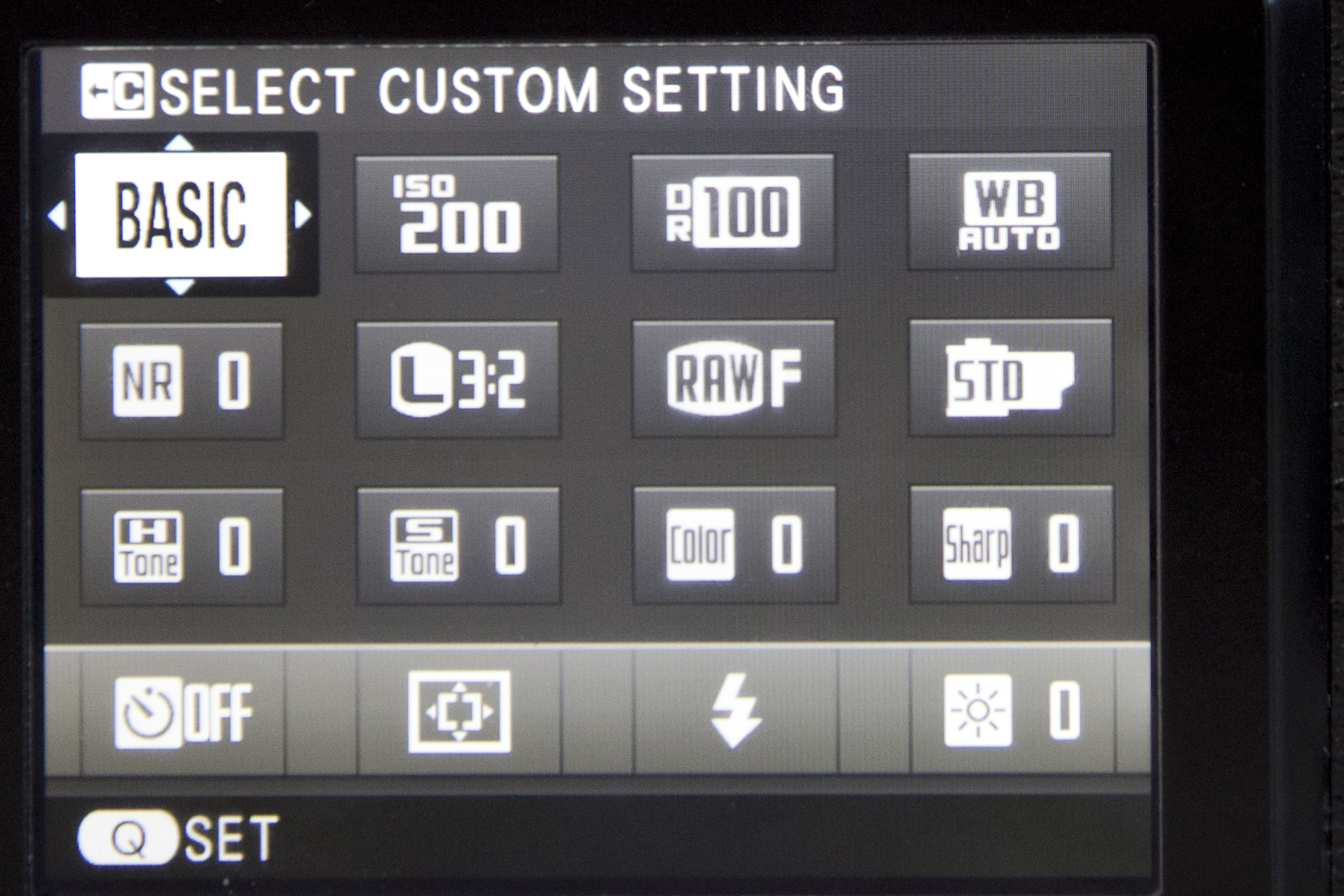
We found that the standard Film Simulation mode, Provia, is a good option for many situations, and Velvia is good for boosting colours, although spring grass looks unnaturally vibrant.
As with most cameras, the basic Monochrome option produces fairly muddy-looking images that benefit from a contrast boost.
While it's fun to use the Film Simulation bracketing option to record three shots with different looks, we were a little disappointed to discover that only JPEGs are recorded and there isn't an unprocessed raw file available, even if the camera was originally set to record raw files.
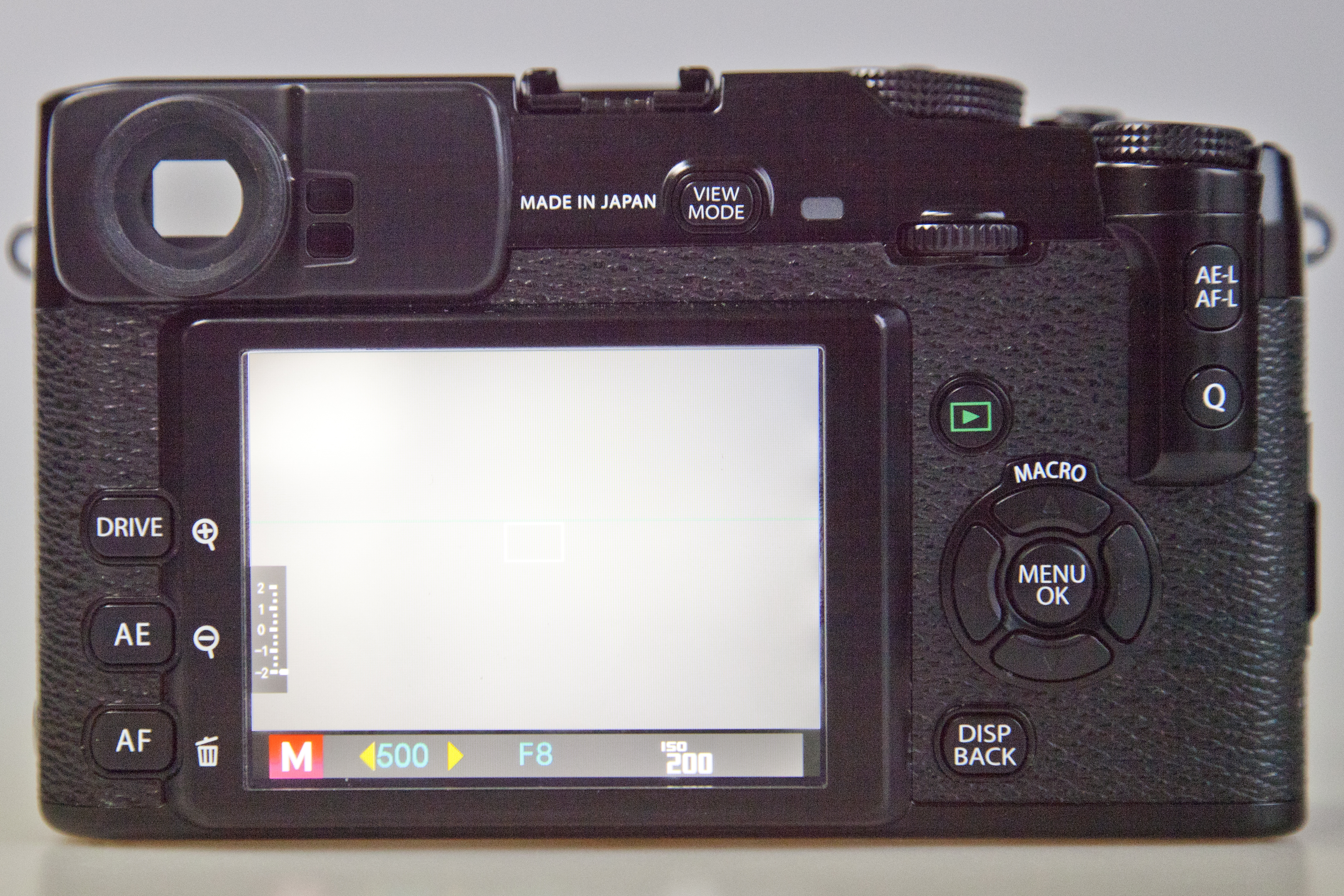
On the whole, the auto white balance system does a good job of getting colours as they should be, but it struggles a little in warm lighting indoors.
This can be addressed by setting a custom white balance value, but unfortunately the option is located on the second page of the main menu. It would be nice if it could be accessed via the Quick menu.
Autofocus
One issue that has been of concern to prospective buyers of the Fuji X-Pro1 is the AF system.
But while the Fuji X-Pro1 isn't the ideal camera for shooting sports and action, for most day-to-day purposes the autofocusing speed is perfectly adequate. Testing the X-Pro1 alongside the X100 reveals that their AF speed is about the same.
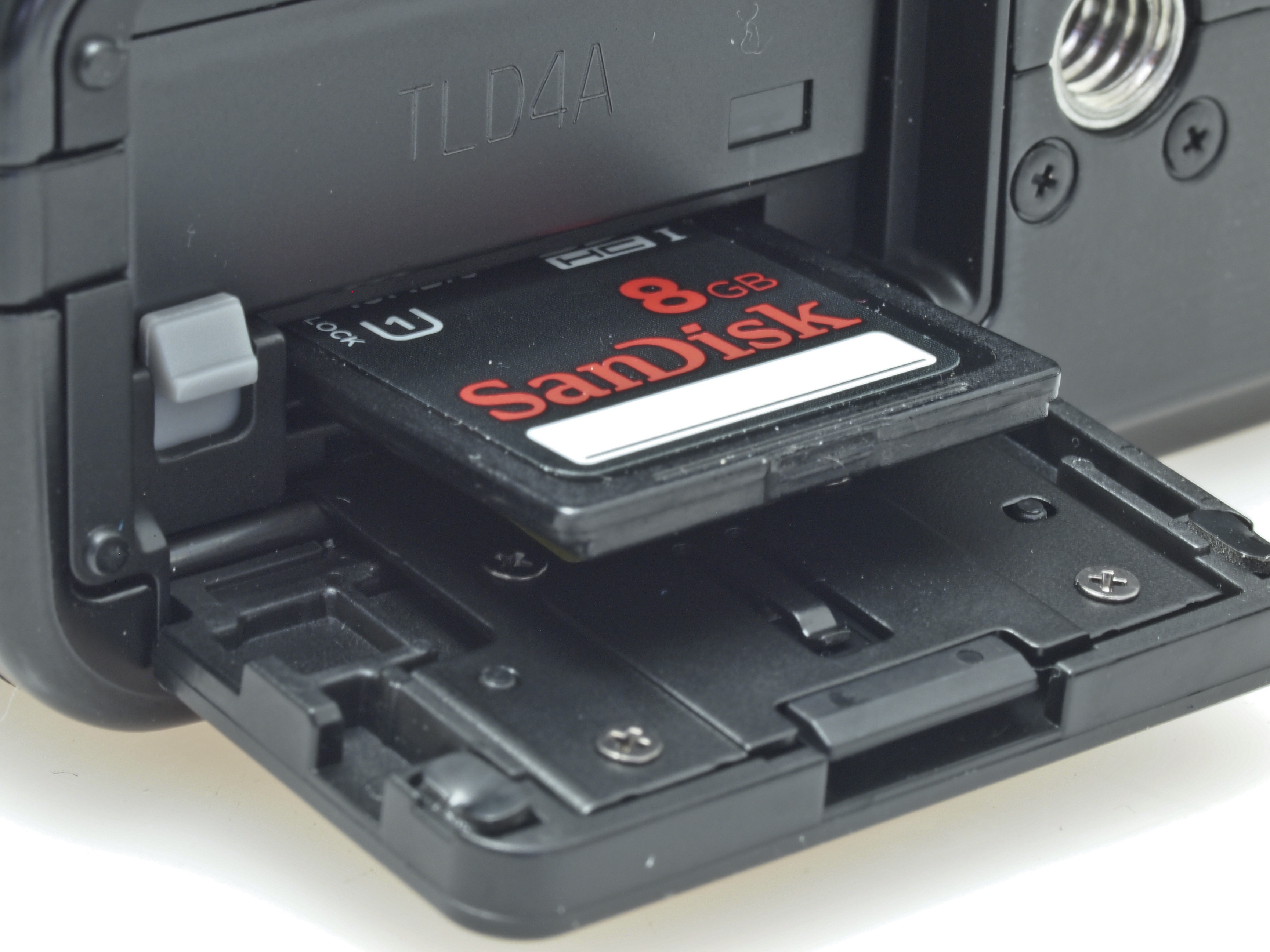
The lens usually makes a little backwards and forwards adjustment (with accompanying noise), but focus is usually achieved pretty quickly. That said, it's not as fast as the Panasonic GX1, for example.
In continuous AF mode, the AF point is fixed in the centre of the frame, which has obvious limitations, and it can only really keep up with fairly slow-moving subjects.
Manual focusing seems like a natural option with a camera like the Fuji X-Pro1, but we found it's sometimes difficult to access critical sharpness in the EVF.
The ability to enlarge the view by pressing the command dial helps a lot, but the LCD view is clearer than the EVF image, and unless the camera is on a tripod, this feels an unnatural way of assessing manual focus.
